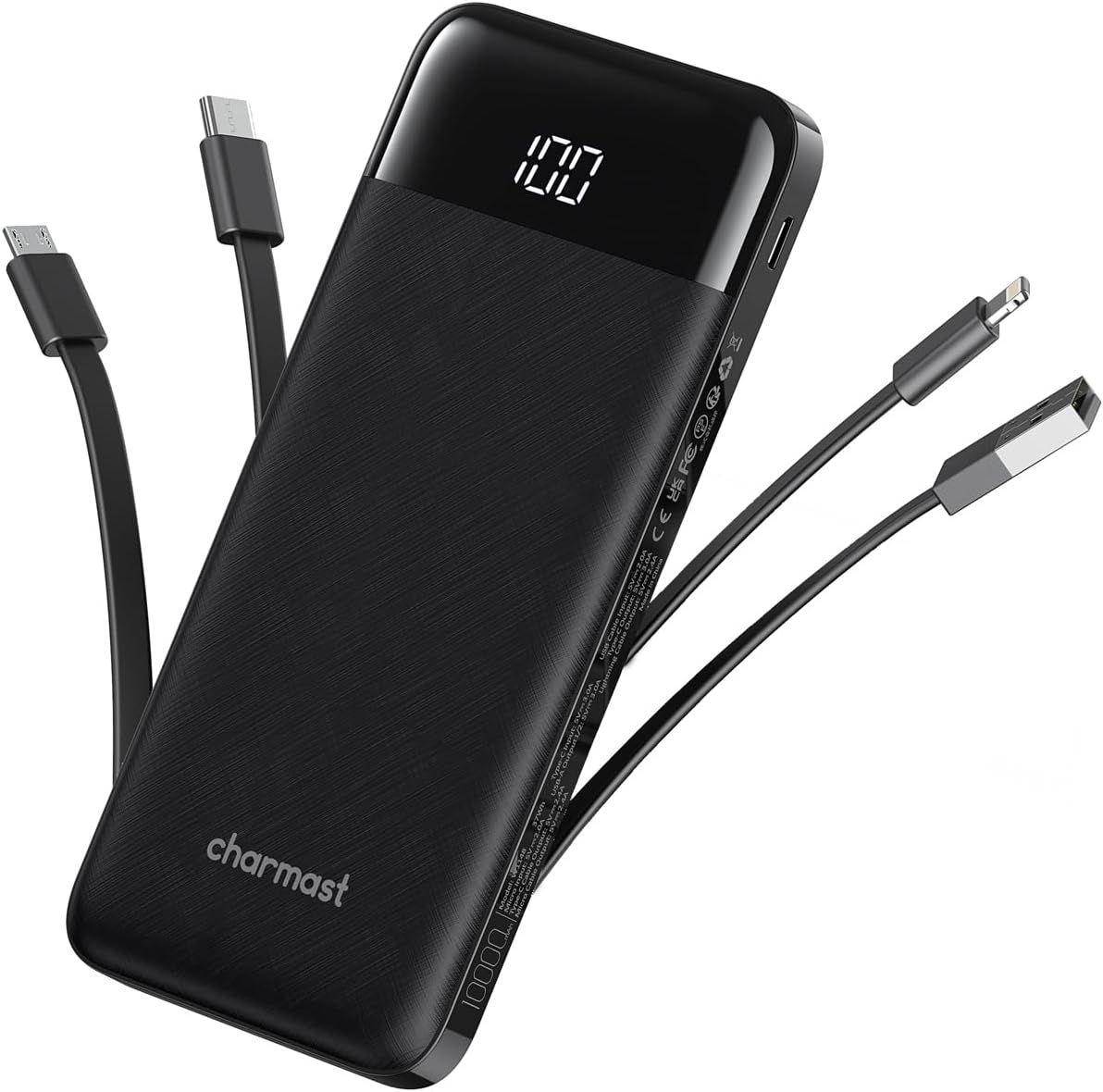USB for Charging Explained – Types, Speeds, and Compatibility

USB (Universal Serial Bus) has become the worldwide standard for charging devices, including smartphones and tablets, laptops, and other electronic devices. With a USB-A, a USB-B, or even a Micro-USB, or the new USB-C, these ports and cables make charging quick and universal.
But not all USB charging cables are created equal. Different USB versions support different charging speeds, data transfer rates, and power delivery capabilities. In this article, we’ll cover types of USB for charging, how fast they charge, safety tips, and FAQs.
What is USB Charging?
USB charging is the process of sending power using a USB port to charge electronic devices. Originally meant for transferring data, USB technology has developed into a potent charging mechanism for various gadgets.
Modern USB ports are capable of sending up to 240W (USB Power Delivery) of power, sufficient to charge smartphones, tablets, and even laptops.
USB types for Charging
1. USB-A
The standard USB connector used on most chargers and laptops.
Charging Speed: Up to 12W (5V/2.4A).
Use Case: Older devices, general charging.
2. Micro-USB
Prevalent on older Android devices and accessories.
Charging Speed: Generally 10W to 15W.
Use Case: Budget smartphones, Bluetooth speakers.
3. USB-C
The newest standard with faster charging and reversible connectors.
Charging Speed: Up to 100W with USB Power Delivery (PD).
Use Case: Newer smartphones, tablets, laptops.
4. Lightning (Apple's Connector)
For iPhones and iPads.
Charging Speed: Compatible with fast charging through USB-C to lightning cable.
Why USB-C is the Best for Charging?
Faster Charging – Compatible with Power Delivery (PD) up to 100W.
Universal Standard – Compatible with smartphones, laptops, and accessories.
Reversible Design – Simple to plug in, no wrong way.
Future-Ready – Most new devices are moving to USB-C.
How Fast Can USB Charge Your Devices?
Standard USB-A Charger: 5W to 12W
Quick Charge (QC) over USB-A: Up to 18W
USB-C with PD: 18W to 100W
USB-C 2.1 (New): Up to 240W – Ideal for laptops and gaming hardware.
Key Features to Look for in a USB Charging Cable:
High Wattage Support – Ideal for rapid laptop and phone charging.
Durability – Braided or reinforced cables are more long-lasting.
Data Transfer Speed – If you also require file transfer.
Safety Certifications – Overcurrent and heat safeguarding.
Advantages of USB Charging
· Universal Compatibility
· Portable and Convenient
· Supports Fast Charging
· Can Charge Multiple Devices
· Safety Tips for USB Charging
FAQs –
Q1. Can I use any USB cable to charge?
No, various cables handle varying power outputs and charging speeds. To charge with speed, use certified quality high-powered cables.
Q2. What is the quickest USB charging type?
USB-C with Power Delivery (PD) is the quickest, providing up to 100W or more.
Q3. Does USB-C charge laptops?
Yes, most contemporary laptops are able to charge using USB-C charging with PD (Power Delivery).
Q4. Is it safe to charge gadgets using a USB cable plugged into a computer?
Yes, but slower charging than with a special power adapter.
Q5. How does USB charging compare to normal charging?
USB charging is more general and allows fast charging over slower older proprietary charging.
Get in Touch!
Phone: +91 98260 17888
Email: sales@coolnut.in
Website: https://www.moerdonstore.com/
Address: Plot No. 335/336, Second Floor, Sector D B.D.A. Colony, Misrod, Phase 2 BHOPAL MADHYA PRADESH India 462026.





